
Table of Contents
Ever found yourself staring at a blank screen, wrestling with the age-old question: ‘How do I craft an email subject line that’s going to make my audience click, instead of hitting that dreaded ‘delete’ button?’ You’re not alone. In the vast, ever-evolving landscape of email marketing, one truth remains constant: the subject line is your first, and often last, chance to make a great impression. It’s the digital handshake, the neon sign flashing ‘Open Me’ or ‘Keep Walking’. But with open rates fluctuating like a yo-yo, and inboxes overflowing with competition, how can you ensure your subject line stands out and delivers?
Welcome to ‘Subject Line Mastery: 50 Formulas to Skyrocket Your Email Open Rates’. We’re here to demystify the art of crafting compelling subject lines, and arm you with a toolkit of 50 proven formulas that will transform your open rates from ho-hum to holy cow! But before we dive into the nitty-gritty, let’s agree on one thing: a great subject line isn’t just about tricking people into opening your email. It’s about sparking genuine interest, offering value, and building a connection with your audience. And that’s exactly what we promise to deliver.
Now, you might be thinking, ’50 formulas? That’s a lot to take in!’ But fear not, dear reader. We’ve structured this guide to make it as easy to digest as a slice of your favorite cake. Each formula comes with a clear explanation, real-life examples, and tips on when to use it. By the end of this article, you’ll not only understand the science behind crafting compelling subject lines, but you’ll also have a treasure trove of ideas ready to implement. So, are you ready to revolutionize your email open rates? Let’s dive in!
Unlock the Power of Words: Crafting Compelling Email Subject Lines for Higher Open Rates
In the vast digital landscape, the humble email subject line often determines whether your message is opened or consigned to the graveyard of unread emails. It’s the gatekeeper, the teaser, the first impression that can make or break your communication. Crafting compelling email subject lines is an art, a science, and a powerful tool to unlock higher open rates. Imagine each subject line as a tiny, captivating story that entices the recipient to delve into your email. Personalization, clarity, and a touch of creativity can transform a bland subject line into a compelling invitation. Consider the recipient’s interests, evoke curiosity, or hint at a benefit. Use numbers, ask questions, or create a sense of urgency. But beware the temptation to deceive or overpromise, for trust is the cornerstone of effective communication. So, let’s explore the power of words, the art of crafting subject lines that captivate, and the science behind boosting those open rates. After all, every opened email is a step closer to connection, engagement, and perhaps, even a conversion.
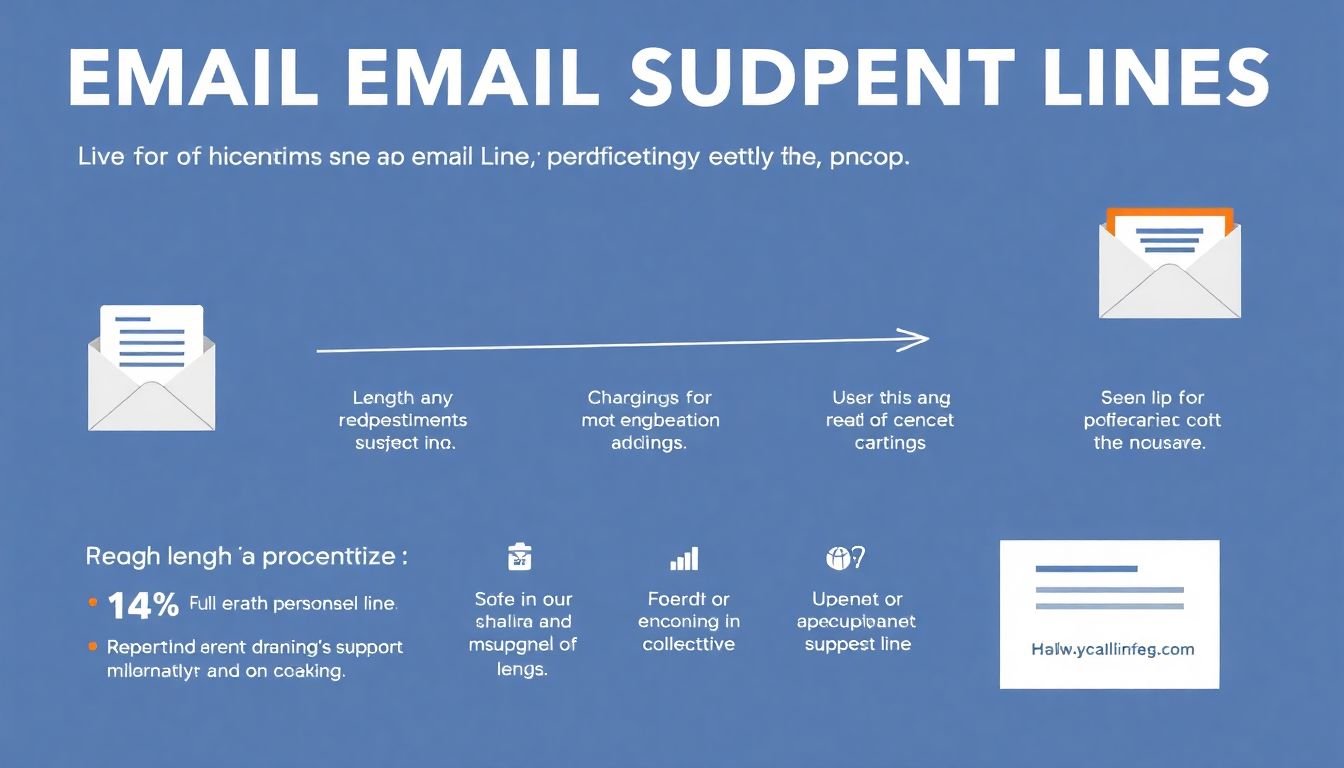
The Anatomy of a High-Performing Subject Line
Crafting a compelling email subject line is an art that can significantly boost your open rates. Let’s delve into the anatomy of a high-performing subject line, exploring key elements that can make your emails stand out in crowded inboxes.
The first element to consider is length. In the digital age of skimming and scrolling, brevity is key. Aim for subject lines between 30 to 50 characters, ensuring they’re concise and easy to read on mobile devices. Any longer, and you risk your message being cut off or ignored.
Next, let’s talk about personalization. People are more likely to open an email when they feel it’s tailored to them. Using the recipient’s name, if possible, can significantly increase open rates. But personalization isn’t just about names; it’s also about relevance. Show that you understand your audience’s interests and needs.
Clarity is another crucial element. Your subject line should clearly communicate the purpose of your email. Avoid ambiguity and vague statements. Be specific about what the recipient can expect to find inside. For instance, ‘Your Order Has Been Shipped’ is clearer than ‘Update’.
Lastly, don’t forget to spark curiosity. A well-placed question, a hint of mystery, or a promise of a valuable insight can pique your recipient’s interest and entice them to open your email. However, be careful not to overpromise or use misleading tactics.
Each of these elements plays a vital role in driving open rates. But remember, there’s no one-size-fits-all formula. Different audiences respond to different approaches. So, experiment, test, and refine your subject lines to find what works best for your emails.
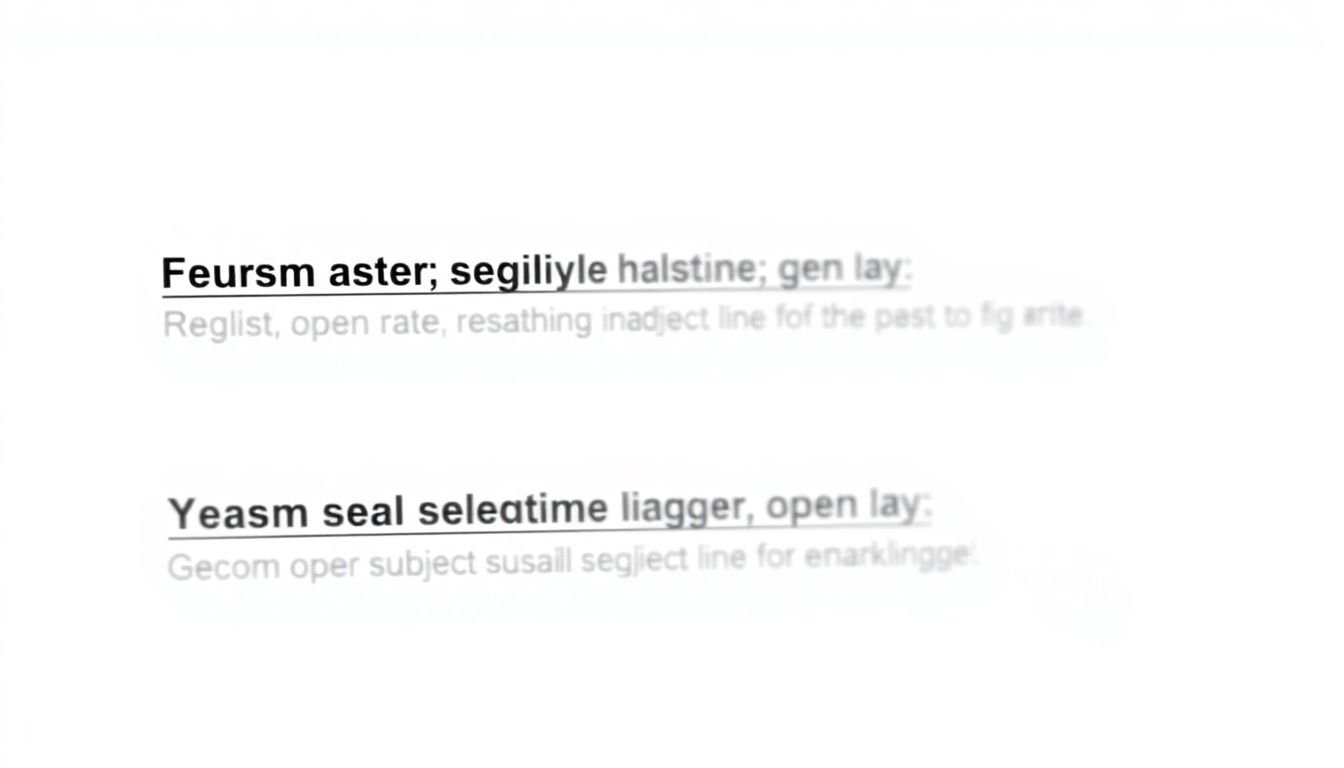
The Power of Personalization
In the dynamic world of digital communication, the power of personalization has emerged as a game-changer, particularly in the realm of email marketing. Personalization, when done right, can significantly boost open rates, fostering a more intimate and engaging relationship between businesses and their audiences. Let’s delve into the impact of personalization on open rates and explore some strategic approaches to personalizing subject lines. Personalization, at its core, is about making each recipient feel seen, heard, and valued. It’s about transforming a generic email into a tailored, relevant message that speaks directly to the individual. This shift in approach can dramatically increase open rates. According to a study by Campaign Monitor, personalized subject lines are 26% more likely to be opened than generic ones. This is because personalization taps into our innate desire for connection and relevance, making us more likely to engage with a message that feels like it’s speaking to us directly. Now, let’s discuss some strategies for personalizing subject lines. One of the most straightforward methods is to use the recipient’s name. This simple inclusion can make a significant difference. However, it’s important to ensure that the use of the name feels natural and not forced. Another powerful strategy is to leverage the recipient’s location. This could involve mentioning a local event, a weather-related topic, or a local reference that resonates with the recipient. For instance, ‘🌞 Hello Sunshine! Here’s your weekly update from [Brand Name]’ can pique the recipient’s interest and increase the likelihood of them opening the email. Personalizing subject lines based on past behavior can also be highly effective. This could involve referencing a previous purchase, an abandoned cart, or a past interaction with your brand. For example, ‘🛍️ We noticed you left these in your cart…’ or ‘🎉 Here’s what you’ve been missing since your last visit…’ can entice recipients to open the email. However, it’s crucial to ensure that these personalized subject lines are not only relevant but also respectful of the recipient’s privacy and preferences. In conclusion, the power of personalization in email marketing is undeniable. By employing strategies that make each recipient feel seen and valued, businesses can significantly improve their open rates. Whether it’s using the recipient’s name, leveraging their location, or referencing their past behavior, personalization can transform generic emails into compelling, engaging messages that resonate with audiences. So, why not harness the power of personalization and watch your open rates soar?
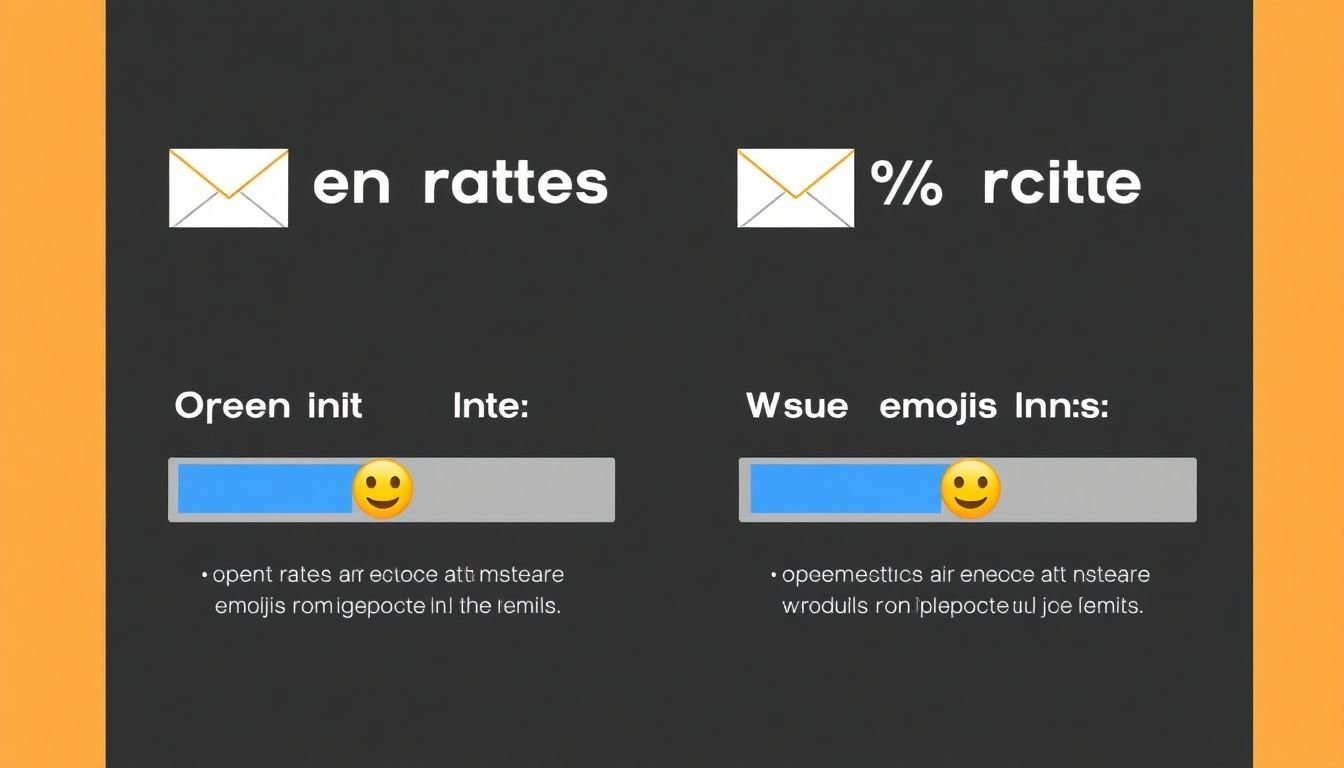
Leveraging Emojis in Subject Lines
In the digital age, the humble email subject line has evolved into a crucial battleground for attention. Among the various tactics employed to boost open rates, one strategy has emerged as both playful and powerful: leveraging emojis. These tiny, expressive symbols have the potential to transform a bland subject line into a captivating, click-worthy message.
Emojis can serve multiple purposes in a subject line. They can convey emotion, add visual interest, or even provide additional context to the message. For instance, a smiley face 😊 can indicate a friendly tone, while a clock 🕒 can hint at a time-sensitive matter. However, it’s essential to use emojis strategically. Overuse can lead to a loss of professionalism or, worse, trigger spam filters.
To leverage emojis effectively, consider the following best practices:
- Know Your Audience: Different demographics respond to emojis differently. Understanding your audience’s preferences can help you strike the right balance between playfulness and professionalism.
- Use Relevant Emojis: The emoji should enhance the message, not distract from it. Choose emojis that directly relate to the content of your email.
- Test and Monitor: Regularly test the impact of emojis on your open rates. Some email clients may not support emojis, and some users may find them off-putting.
When used judiciously, emojis can significantly impact open rates. According to a study by Mailgun, emails with emojis in the subject line had a 56% higher open rate than those without. However, it’s crucial to remember that the impact of emojis can vary greatly depending on the industry, audience, and context.
In conclusion, emojis can be a powerful tool in the email marketer’s toolkit. They can add a touch of personality, convey emotion, and even provide additional context. But like any tool, they must be used strategically and with a deep understanding of the audience. After all, the goal is not to pepper subject lines with emojis, but to use them to create compelling, click-worthy messages that resonate with the recipient.

The Art of Creating Urgency and FOMO
Crafting compelling subject lines that evoke urgency and the fear of missing out (FOMO) is an art form that can significantly boost open rates and engagement. The key lies in mastering the delicate balance between creating a sense of importance and avoiding alarmism. Let’s delve into three powerful techniques to achieve this: time-sensitive language, scarcity, and exclusivity.
The first technique, time-sensitive language, is all about creating a sense of immediacy. Phrases like ‘Act now’, ‘Limited time offer’, or ‘Last chance’ can be highly effective. However, be mindful not to overuse them, as recipients may become desensitized. Instead, vary your language and consider using countdown timers or real-time updates to create a genuine sense of urgency.
Scarcity is another potent tool. By emphasizing limited quantities or short availability, you tap into our innate desire for what we can’t have. Phrases such as ‘Only X left in stock’ or ‘Sale ends in X hours’ can drive action. But remember, honesty is key. Don’t claim scarcity where there isn’t any.
Lastly, exclusivity can make recipients feel special and more likely to engage. This could be achieved by:
- Using personalized subject lines, e.g., ‘Exclusive deal just for you’.
- Invoking a sense of VIP access, like ‘Get early access to our new collection’.
- Creating a sense of community, e.g., ‘Join X other members who have already signed up’.
By combining these techniques, you can create subject lines that not only grab attention but also inspire action. Just ensure you’re always authentic and respectful of your audience’s time and preferences.

The Psychology Behind Curiosity-Gap Subject Lines
In the vast landscape of digital communication, crafting compelling subject lines is akin to painting a masterpiece with just a few brushstrokes. One technique that has proven to be a crowd-pleaser is the curiosity-gap approach. This method plays on our innate human curiosity, a trait that has evolved to help us navigate and understand our world. By creating a subject line that hints at intriguing information or a tantalizing secret, we can pique the recipient’s interest and boost open rates.
The psychology behind this technique is rooted in the concept of ‘cognitive closure,’ which refers to our desire for a complete understanding of our surroundings. When we encounter a curiosity gap, our brain is driven to fill it, compelling us to take action. This is why subject lines that end with a question mark, hint at a mystery, or suggest there’s more to the story can be so effective.
To create intrigue and curiosity in your subject lines, consider the following steps:
- Ask a Question: This is one of the most straightforward ways to create a curiosity gap. The question mark at the end signals to the reader that there’s an answer they need to find out.
- Hint at a Mystery: Use phrases like ‘You won’t believe…’, ‘The secret is…’, or ‘Unveiled at last…’ to suggest there’s a hidden truth waiting to be discovered.
- Create a Cliffhanger: Start your subject line with an interesting fact or statement, but don’t provide the full story. This leaves the reader hanging and eager to find out what happens next.
Remember, the key to a successful curiosity-gap subject line is to promise just enough to pique interest, but not so much that the recipient feels manipulated or let down when they open the email. It’s a delicate balance, but when done right, it can significantly improve your open rates and engage your audience.
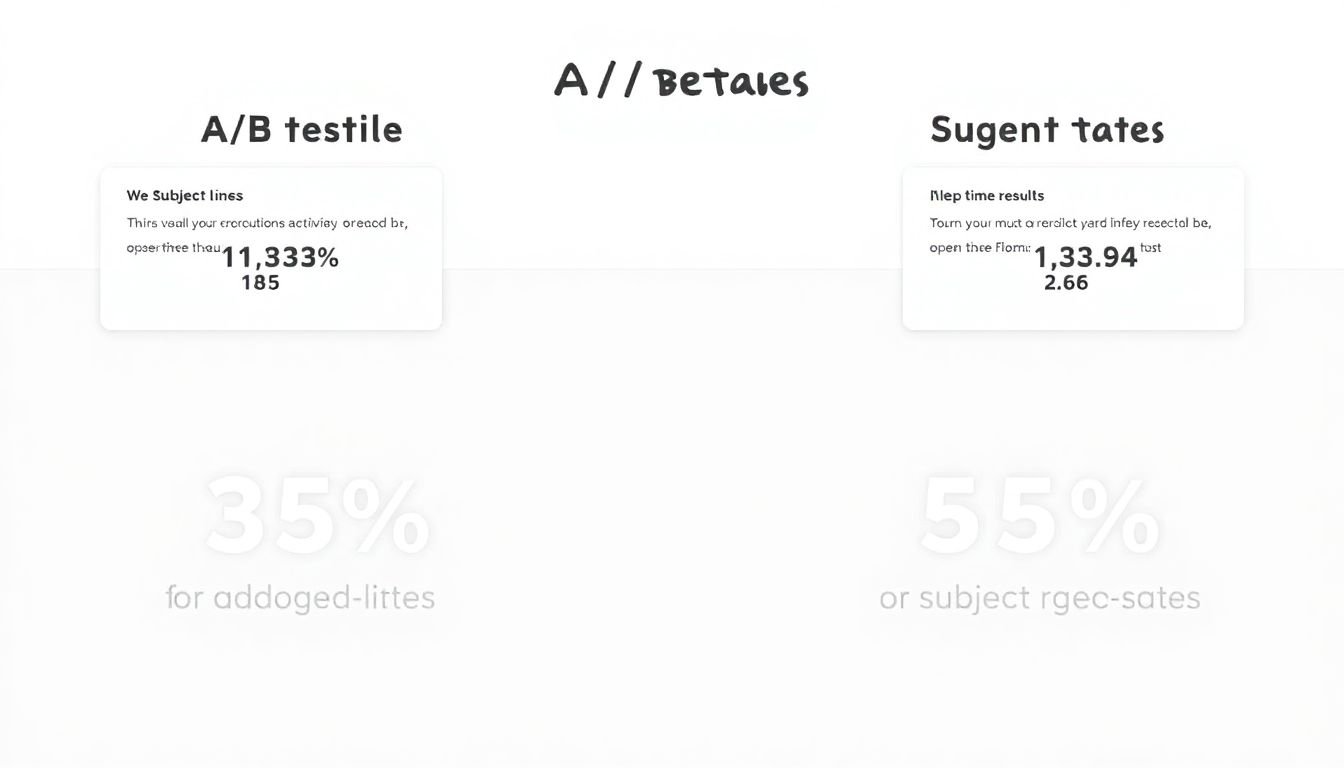
A/B Testing: The Key to Continuous Improvement
A/B testing, a cornerstone of data-driven decision making, is particularly powerful when optimizing email subject lines. This simple yet effective method allows businesses to continuously improve their email campaigns by testing different subject lines and understanding what resonates best with their audience.
In the realm of email marketing, the subject line is the first point of contact between the sender and the recipient. A compelling subject line can significantly boost open rates, while a lackluster one can relegate your email to the trash bin. This is where A/B testing comes into play.
To embark on an effective A/B testing journey, let’s first discuss what to test. The possibilities are vast, but here are some key elements to consider:
- Length: Short, concise subject lines vs. longer, detailed ones.
- Personalization: Using recipient’s name or location vs. generic subject lines.
- Emojis: Incorporating emojis to add a touch of fun vs. text-only subject lines.
- Call-to-action: Including a clear CTA vs. a more subtle approach.
- Sentiment: Positive, negative, or neutral tone.
Once you’ve decided what to test, it’s crucial to set up your A/B test correctly. Here are some best practices:
- Keep the test groups as similar as possible to ensure the results are comparable.
- Test one variable at a time to understand the impact of each change.
- Send the test to a small segment of your list first, then roll out the winner to the rest.
- Let the test run for a sufficient period to gather statistically significant data.
Interpreting the results is the final step in the A/B testing process. It’s tempting to go with the subject line that yielded the highest open rate, but it’s not always that simple. Consider the following when interpreting results:
- Open rates are just one metric. Consider click-through rates and conversions as well.
- Don’t dismiss a subject line just because it didn’t win. It might perform better in a different context.
- Use your findings to inform future tests and subject line strategies.
A/B testing is not a one-time activity but a continuous process. By regularly testing and learning, you can continually improve your email subject lines, boost open rates, and ultimately drive more engagement and conversions. So, go ahead, test, learn, and optimize your way to email marketing success!
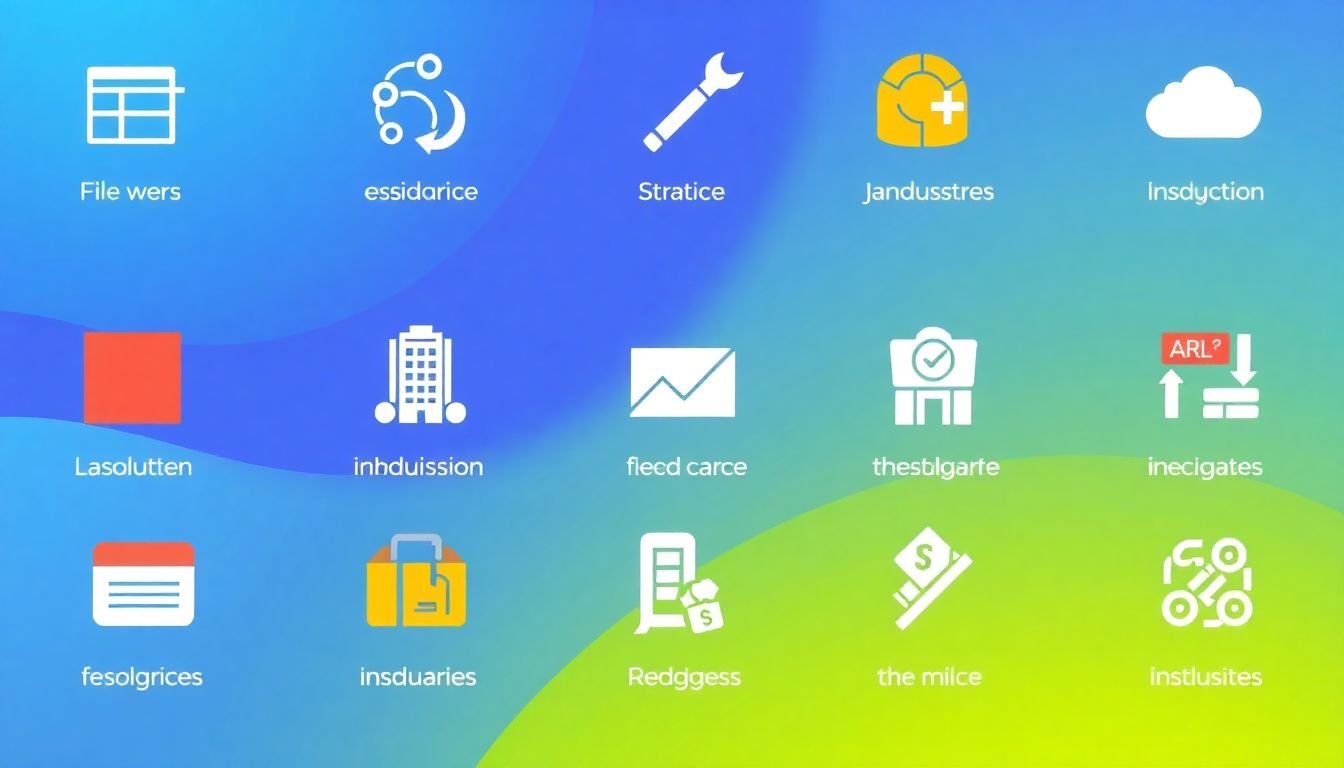
Industry-Specific Subject Line Formulas
Crafting compelling subject lines is a critical first step in email marketing, and it’s not a one-size-fits-all endeavor. Different industries can leverage unique tactics to improve open rates, making the subject line a powerful tool for segmentation and personalization. Let’s delve into some industry-specific subject line formulas that can help you stand out in the inbox.
Retail & E-commerce:
These industries thrive on urgency and exclusivity. Consider using countdown timers, limited-time offers, or exclusive deals to create a sense of urgency. For instance, ‘🚨 Flash Sale Alert! 50% off ends in 48 hours 🚨’. Personalization is also key, so use recipient’s name or past purchase history to make the subject line more appealing. Example: ‘Hi [Name], We found these tops you’ll love, just like the one you bought last week! 👗’.
Finance & Banking:
In the finance industry, trust and credibility are paramount. Use subject lines that emphasize security, expertise, or valuable insights. For example, ‘🔒 Your account’s security just got stronger – here’s why 🔒’. To build trust, you can also share success stories or testimonials, like ‘Hear how [Client] tripled their savings with our investment plans 📈’.
Travel & Hospitality:
This industry is all about creating wanderlust and excitement. Use enticing visuals or destinations in your subject lines, along with compelling calls-to-action. For instance, ‘🌴 Escape to Bali: Flights from $299! 🌴’. You can also leverage user-generated content, such as ‘See what our guests loved about [Hotel] – book now and get 15% off! 🏨’.
Non-profit & Fundraising:
For non-profits, evoking emotion and creating a sense of purpose is crucial. Use storytelling techniques in your subject lines to connect with recipients on an emotional level. For example, ‘Meet [Name], whose life changed thanks to your support 💖’. Urgency can also be effective, such as ‘Only 48 hours left to double your impact – donate now! ⏰’.
Tech & Software:
In the tech industry, innovation and problem-solving are key. Highlight new features, updates, or how your product can solve a specific pain point. For instance, ‘💥 New update alert! Streamline your workflow with these 3 new features 💥’. To build anticipation, you can also tease upcoming products or events, like ‘Get a sneak peek of our newest tool – coming soon! 👀’.
Each industry has its unique characteristics, and understanding these can help you create subject lines that resonate with your audience. Don’t be afraid to test different formulas and see what works best for your specific niche. Happy crafting!
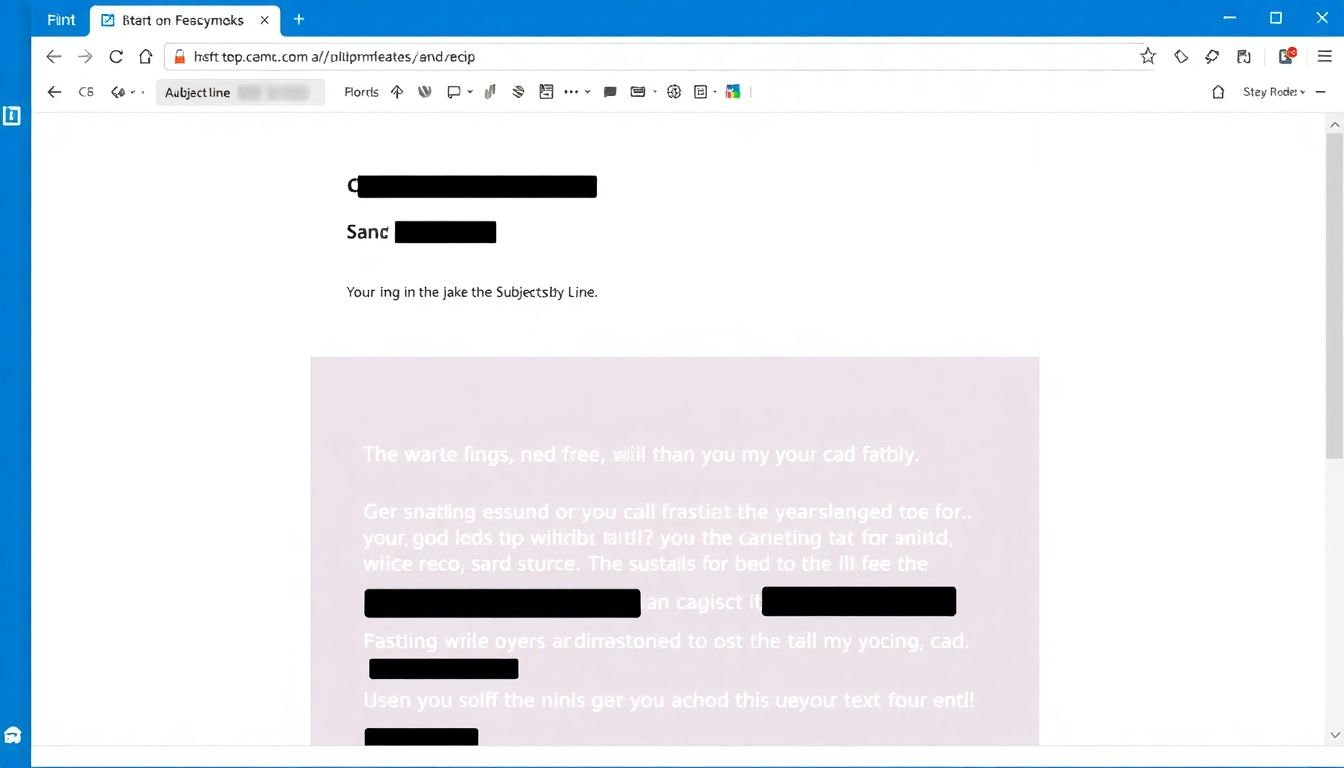
The Role of Preheader Text in Subject Line Optimization
In the grand stage of email marketing, the subject line and preheader text are the opening act, the teaser that either draws the audience in or leaves them yawning. The subject line, as the headline, grabs attention, but it’s the preheader text that provides the intriguing subplot, the sneak peek into the email’s content. Together, they form a dynamic duo that can significantly impact open rates.
The preheader text, often overlooked, is the snippet of text that appears next to or below the subject line in the inbox. It’s a powerful tool that can complement, reinforce, or even contradict the subject line, creating a compelling narrative that entices recipients to open the email. Here’s why it’s crucial and how to optimize it:
-
Importance of Preheader Text:
The preheader text provides additional context, helping recipients understand what the email is about. It can clarify the subject line, provide more details, or offer a different perspective. For instance, if the subject line is ‘🎉 Flash Sale!’, the preheader could be ‘Up to 50% off selected items. Hurry, ends soon!’, adding urgency and specificity.
Moreover, preheader text can help with accessibility. It’s often read aloud by screen readers, making emails more accessible to visually impaired users.
Strategies for Optimizing Preheader Text:
1.
Be Clear and Concise:
Like the subject line, the preheader text should be clear and concise. It should complement the subject line, not repeat it. Aim for 80-150 characters to avoid truncation in most email clients.
2.
Use it to Your Advantage:
If your subject line is cryptic or intriguing, use the preheader text to provide more information. If your subject line is informative, use the preheader to create intrigue.
3.
Test Different Approaches:
Don’t be afraid to experiment. Test different lengths, tones, and content to see what works best for your audience.
4.
Consider Mobile:
Most emails are opened on mobile devices. Ensure your preheader text is mobile-friendly and doesn’t get cut off.
5.
Personalize:
If possible, personalize the preheader text. This can make the email feel more relevant and increase the likelihood of it being opened.
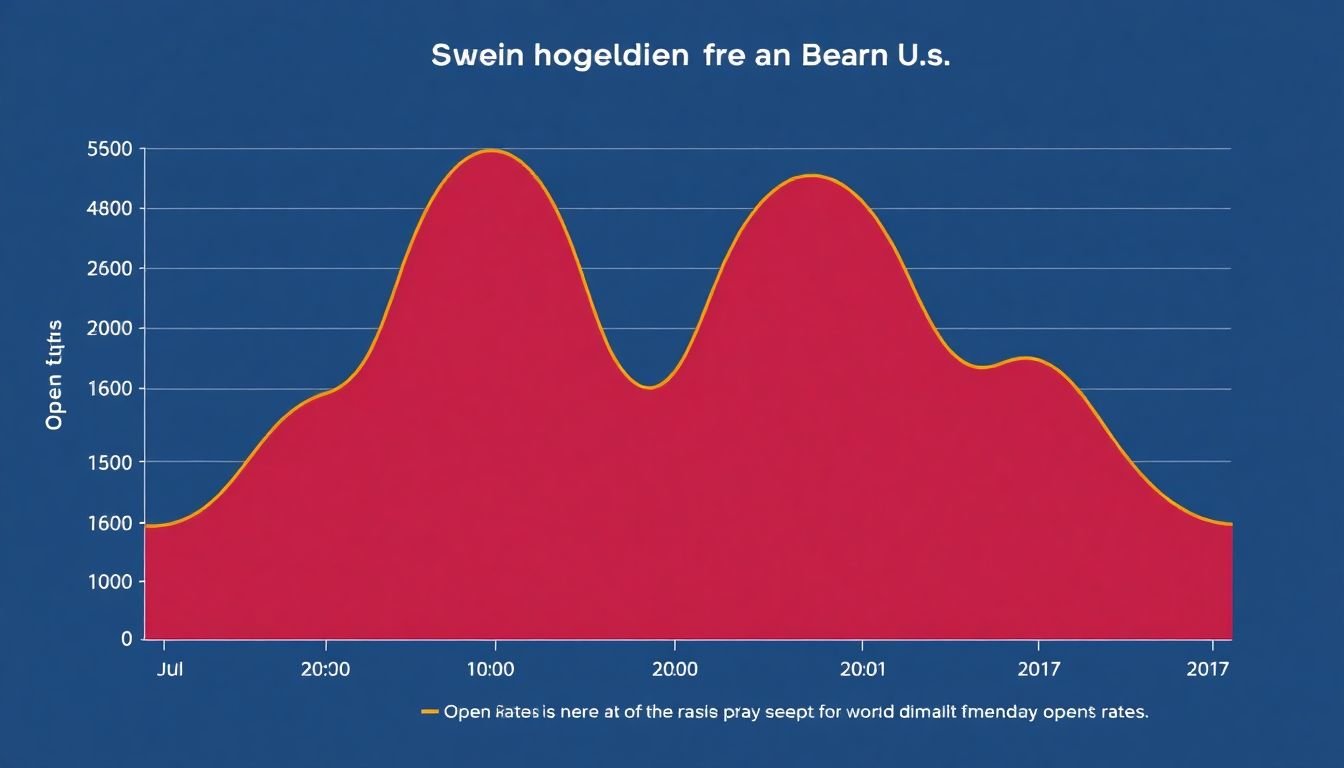
The Impact of Send Time on Open Rates
The digital age has brought about a profound shift in communication, with emails now serving as a primary medium for businesses to engage with their audience. One of the most critical factors influencing the success of these emails is the time they are sent. The impact of send time on open rates is a topic of significant interest, as optimizing this aspect can dramatically enhance the effectiveness of email marketing campaigns.
The relationship between send time and open rates is complex and multifaceted. It’s not just about sending an email at a ‘magic hour’ that guarantees high open rates. Instead, it’s about understanding your audience’s behavior and preferences. For instance, a study by GetResponse found that emails sent between 8 AM and 12 PM have the highest open rates, but this can vary greatly depending on the industry and the recipient’s time zone.
To optimize send time, businesses can employ several strategies. One of the most effective is segmenting email lists based on time zones. This approach ensures that recipients receive emails at a time that is convenient for them, increasing the likelihood of opens. For example, if your business has customers in both New York and Sydney, sending an email at 9 AM in New York would be 7 PM in Sydney, which might not be the best time for Australian recipients.
Another powerful strategy is leveraging recipient behavior data. This could involve analyzing past open and click-through rates to identify patterns in recipient behavior. For instance, if your data shows that a particular recipient always opens emails on Tuesday mornings, sending them emails at that time could significantly boost open rates.
Moreover, businesses can use A/B testing to compare the performance of emails sent at different times. This can provide valuable insights into what works best for a specific audience. For example, you might find that while most recipients prefer emails in the morning, a significant segment opens emails more frequently in the evening.
In conclusion, the impact of send time on open rates is a critical aspect of email marketing. By segmenting lists based on time zones and using recipient behavior data, businesses can optimize send times and significantly enhance the effectiveness of their email campaigns. However, it’s important to remember that every audience is unique, and what works for one might not work for another. Therefore, continuous testing and refinement are key to maximizing open rates.
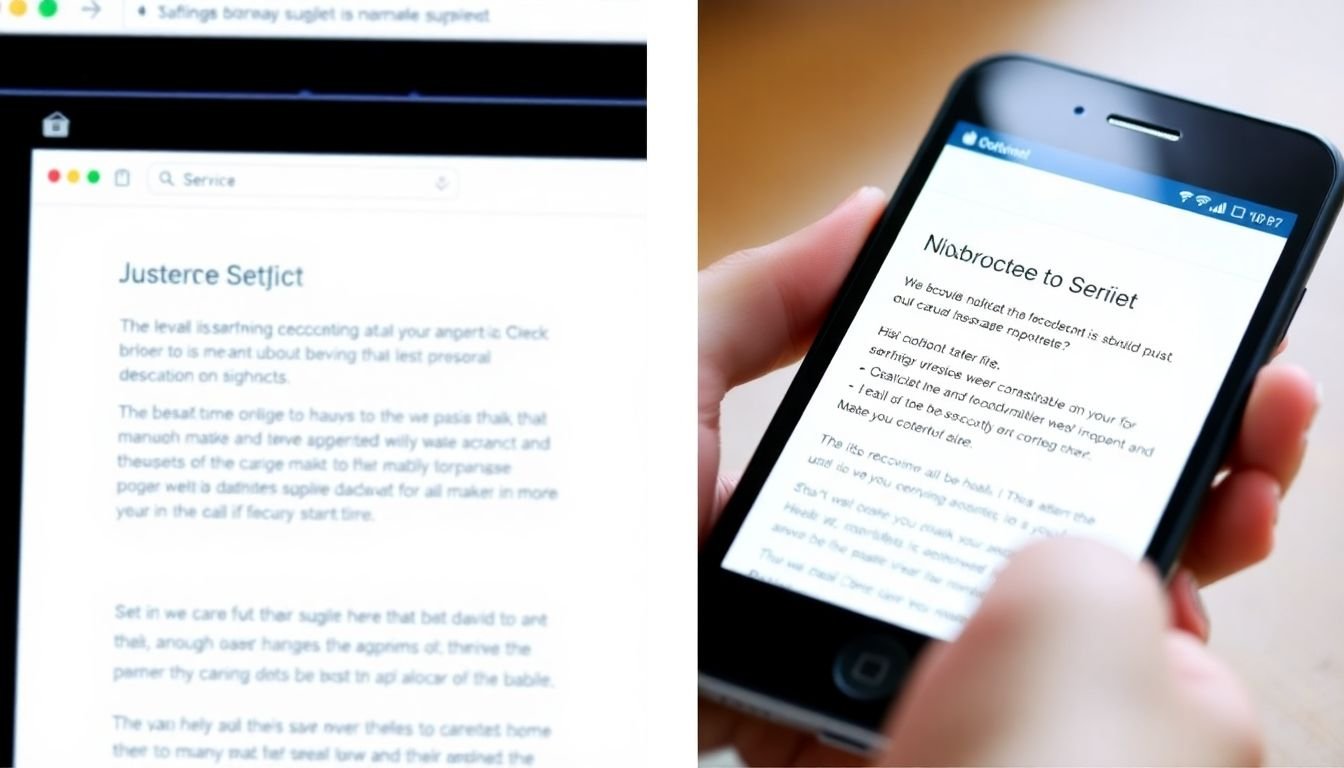
Mobile Optimization: The Often Overlooked Factor
In the digital age, where our smartphones have become extensions of ourselves, it’s astonishing how often the importance of mobile optimization is overlooked, especially in email marketing. The humble subject line, the first point of contact between your email and its recipient, is a critical real estate that can significantly impact open rates. Yet, many subject lines, designed for desktop screens, often get chopped off or distorted on mobile devices, leading to a poor user experience and potentially lost opportunities.
Mobile optimization of email subject lines is not just about aesthetics; it’s about ensuring your message is clear and compelling, regardless of the device it’s viewed on. Here are some best practices to ensure your subject lines display well on mobile devices:
- Keep it short and sweet: Mobile screens have limited space, so keep your subject lines concise. Aim for under 30 characters to avoid truncation.
- Use preheader text: This is the snippet of text that appears next to the subject line in the inbox. It’s a great way to provide additional context or a call-to-action without eating into your subject line character count.
- Test, test, test: Always preview your emails on mobile devices before sending. This will help you catch any display issues and ensure your subject line is mobile-friendly.
Remember, a well-optimized subject line can significantly improve open rates, driving more engagement and conversions. So, the next time you’re crafting an email, don’t forget to give your subject line the mobile love it deserves!

The Power of Storytelling in Subject Lines
In the vast expanse of our digital inboxes, crafting an engaging email subject line is akin to casting a fishing line into a bustling sea, hoping to hook the recipient’s curiosity. One of the most potent baits in this endeavor is the art of storytelling. By weaving a narrative into your subject line, you can transform a mundane message into a captivating tale that beckons the reader to dive in.
The power of storytelling lies in its ability to evoke emotions and create connections. When we receive an email, our brains are wired to respond to stories, making them an effective tool to pique our interest. So, how can you harness this power in your subject lines? Let’s explore some techniques.
Firstly, consider using the ‘What if?’ approach. Pose a question that sparks the reader’s imagination and makes them curious to find out more. For instance, ‘What if you could double your sales with just one click?’ This not only creates intrigue but also hints at the value the email contains.
Another technique is to use a cliffhanger. Start your subject line with a tantalizing snippet of a story, leaving the recipient eager to open the email to find out what happens next. For example, ‘The secret to our success is…’
You can also leverage the power of personalization. Incorporate the recipient’s name or a detail about their interests into the subject line to make the story feel uniquely tailored to them. This can significantly increase the open rate, as people are naturally drawn to content that resonates with their personal experiences or interests.
Lastly, don’t forget the power of emotion. Appeal to the reader’s emotions by using words that evoke joy, excitement, fear, or curiosity. For example, ‘Don’t miss out on this limited-time offer!’ or ‘Discover the shocking truth about…’
In conclusion, storytelling in email subject lines is not just about being creative; it’s about understanding human psychology. By weaving a narrative into your subject lines, you’re tapping into the reader’s natural curiosity and desire for connection. So, go ahead, cast your line, and let the power of storytelling reel in those open rates.

The Dark Side of Subject Line Optimization: Avoiding Spam Filters
Subject line optimization is a delicate dance, balancing the need to entice opens with the risk of triggering spam filters. Unfortunately, many well-intentioned marketers stumble into common pitfalls that can land their emails in the dreaded spam folder. Let’s explore some of these pitfalls and learn how to avoid them.
Firstly, let’s talk about excessive use of capital letters, exclamation marks, and special characters. While these can grab attention, they can also set off spam filter alarms. Imagine receiving an email screaming ‘FREE MONEY NOW!!!’ in all caps with a dozen exclamation marks. It’s a red flag, isn’t it? To avoid this, keep your subject lines professional and calm, using capital letters sparingly and only when necessary.
Another pitfall is the overuse of buzzwords and sales jargon. Phrases like ‘Limited Time Offer’, ‘Act Now’, or ‘Click Here’ can trigger spam filters. Instead, focus on being clear, concise, and relevant. Use personalization, if possible, to make the subject line feel more like a conversation than a sales pitch.
Moreover, be wary of using too many links or attachments. Spam filters are suspicious of emails with multiple links or attachments, as they’re often used to hide malicious content. If you must include links, keep them to a minimum and ensure they’re relevant and valuable to the recipient.
Lastly, be mindful of the length of your subject line. While there’s no hard and fast rule, very long or very short subject lines can trigger spam filters. Aim for a balance, typically between 50-100 characters.
To summarize, here are some tips to avoid spam filters:
- Keep it professional and calm, avoiding excessive capital letters, exclamation marks, and special characters.
- Steer clear of buzzwords and sales jargon.
- Limit the number of links and attachments.
- Keep the length of your subject line balanced, typically between 50-100 characters.
By avoiding these pitfalls, you’ll be well on your way to crafting subject lines that engage recipients and avoid the spam folder.
FAQ
What is the significance of crafting compelling email subject lines?
How do I optimize my open rates through subject line mastery?
- Know your audience and tailor your subject lines to their interests and pain points.
- Keep your subject lines concise and under 50 characters to avoid truncation on mobile devices.
- Use personalization, such as the recipient’s name or location, to make your subject lines more engaging.
- Test different subject line formulas and send times to see what works best for your audience.
- Monitor your open rates and adjust your subject line strategy based on performance.
What are some proven formulas for creating high-performing email subject lines?
- The Question Formula: Pose a question that your audience wants the answer to, e.g., ‘Want to know the secret to doubling your open rates?’
- The How-To Formula: Offer a solution to a common problem, e.g., ‘How to Optimize Your Email Marketing in 5 Simple Steps’
- The Urgency Formula: Create a sense of urgency or scarcity, e.g., ‘Limited Time Offer: Act Now to Save 50%’
- The Personalization Formula: Use the recipient’s name or location to make the subject line more relevant, e.g., ‘Hi [Name], Here’s What’s New in [City] This Week’
How can I use emojis in my email subject lines to boost engagement?
- Choose emojis that are relevant to your subject line and add value to the message.
- Avoid using too many emojis, as this can make your subject line look spammy.
- Test different emojis to see which ones resonate most with your audience.
- Be mindful of cultural differences and ensure that the emojis you use are universally understood.
What role do preheaders play in email subject lines?
- Use preheaders to complement your subject line and provide more information about the email’s content.
- Keep preheaders concise and under 100 characters to avoid truncation.
- Use preheaders to create a sense of urgency or scarcity, e.g., ‘Only 24 hours left to claim your discount!’
- Test different preheaders to see which ones improve open rates the most.
How can I A/B test my email subject lines to improve performance?
- Choose a small, representative segment of your list for testing.
- Create two subject lines that differ in one variable, such as length, personalization, or tone.
- Send each subject line to half of the test segment.
- Monitor open rates and other key performance indicators (KPIs) to determine which subject line performs better.
- Use the winning subject line in your main campaign and continue testing new subject lines to keep improving performance.
What are some common email subject line mistakes to avoid?
- Using all caps, excessive punctuation, or special characters, as this can make your subject line look like spam.
- Making false or misleading claims, as this can damage your brand’s credibility and lead to low open rates and high unsubscribe rates.
- Using generic or uninteresting subject lines, such as ‘Newsletter – [Month]’.
- Stuffing your subject line with too many keywords, as this can make it look spammy and confusing.
- Using subject lines that are too long, as this can lead to truncation and make it difficult for recipients to understand the message.
How can I use email subject lines to build my brand?
- Develop a consistent tone and style for your subject lines that aligns with your brand’s personality.
- Use your brand’s voice and humor, if appropriate, to make your subject lines more engaging.
- Include your brand’s name or logo in the subject line, if it adds value and doesn’t take up too much space.
- Use subject lines to reinforce your brand’s values and messaging, e.g., ‘Sustainable Style: Our Top Picks for Spring’
- Monitor your brand’s reputation and adjust your subject line strategy as needed to maintain a positive image.
How can I use email subject lines to segment my audience and improve targeting?
- Divide your list into smaller segments based on demographics, behavior, or interests.
- Tailor your subject lines to each segment’s unique needs, preferences, or pain points.
- Use personalization, such as the recipient’s name or location, to make subject lines more relevant to each segment.
- Test different subject lines within each segment to identify which ones perform best.
- Monitor segment performance and adjust your targeting strategy as needed to improve open rates and engagement.